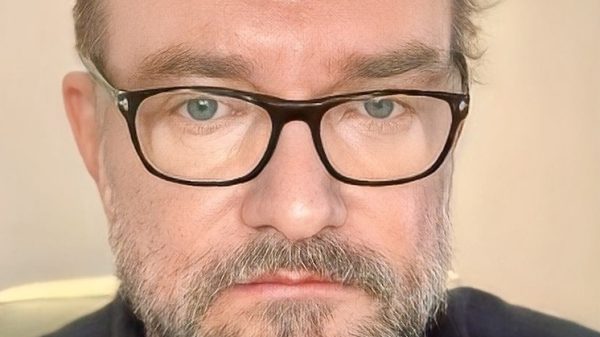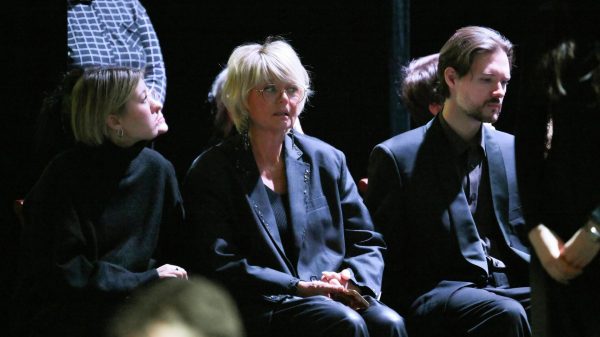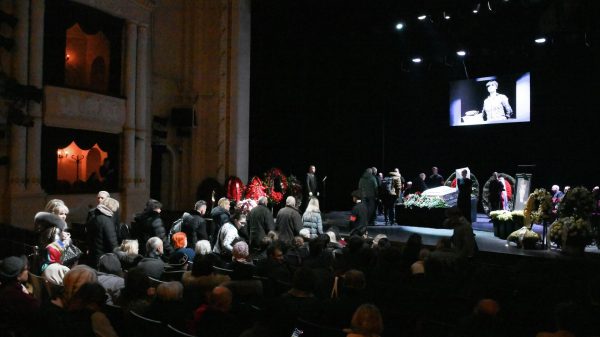
A handout picture released by the Egyptian Ministry of Tourism and Antiquities
Credit: AFP/AFP
Researchers in Cairo have used 3D modelling to unwrap the mysteries surrounding the brutal death of a pharaoh who was murdered more than 3,000 years ago.
Seqenenre Tao II, "the Brave", reigned over southern Egypt and was famous for battling with the Hyksos dynasty which had taken over the Nile Delta.
But since x-ray photos were taken of his skull in the 1960s, scientists had struggled to find an explanation for the dire head wounds the pharaoh suffered before his death.
One theory suggested he was assassinated in his own palace, while another proposed that he had simply been slain in battle with Hyksos warriors.
But after conducting CT scans which produced 3D images of Seqenenre’s body, archaeologist Zahi Hawass and radiology professor Sahar Salim believe they have found the answer.
The CT scans showed that the Pharaoh did not have any defensive wounds on his arms, indicating that he was bound at the time of death in what appeared to be an “execution ceremony.”
The images also showed a large wound in Seqenenre’s forehead along with various cuts to his eyes, cheek and the lower base of the skull.
Researchers also said the positioning of the blows indicated that the Pharaoh had been kneeling when he was killed.

A handout picture released by the Egyptian Ministry of Tourism and Antiquities on February 17, 2021 shows a view of the mummy of ancient Egyptian King Seqenenre-Taa-II
Credit: AFP/AFP
The mummy’s "deformed hands indicate that Seqenenre may have been captured on the battlefield, and his hands were tied behind his back, preventing him from deflecting the fierce attack" on his head, Egypt’s Antiquities Ministry said in a statement.
It added that the 3D scans “"revealed details of the head injuries, including wounds that had not been discovered in previous examinations and had been skillfully hidden by embalmers.”
Researchers compared the pharaoh’s injuries with Hyksos weapons stored at the Egyptian Museum in Cairo, such as spears and axes, which led them to believe they captured and killed him.
Their study, published in Frontiers of Medicine, also revealed bone scans showing that the Pharaoh was around 40 years old when he died.
It comes two weeks after Egyptian archaeologists found a dozen 2,000-year-old mummies, some with gold tongues in their mouths, during a dig at a temple in Alexandria.
Egyptian officials said the tongues “were placed in the mouth of the mummy in a special ritual to ensure their ability to speak in the afterlife before the Osirian court.”
One mummy’s chest also contained “a gilded decoration representing the wide necklace from which hangs the head of a falcon, the symbol of the god Horus,” they added.






















































Свежие комментарии